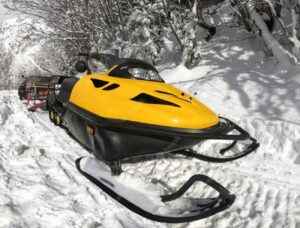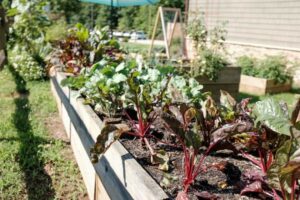Whether you’re an experienced gardener or new to the joys of dirt, beans can be an easy-to-grow and nutritious addition to your home garden. But how do you know which varieties will grow best in your garden?
Though they may all share the same common name, individual bean species come from several different genera. As a result, their growing requirements may differ somewhat. This guide to the best types of beans to grow in a home garden can help you decide which works best for you.
Two Main Types of Beans: Pole Beans vs. Bush Beans
Blog Contents
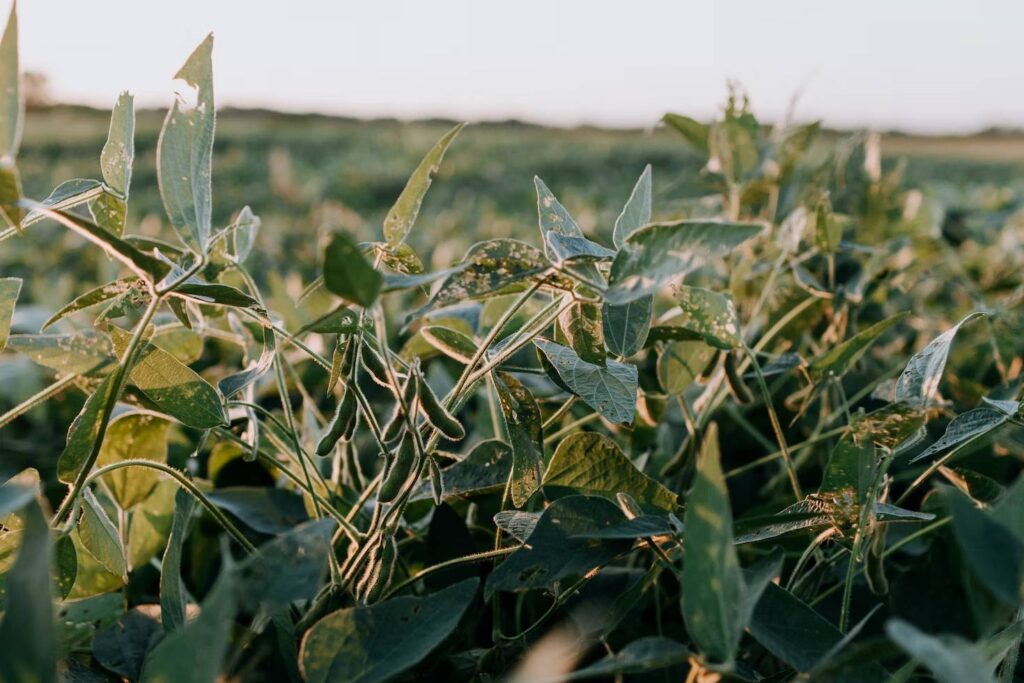
Pole beans and bush beans are the two main categories of beans. Each has unique characteristics and, as a result, special requirements for growing.
Pole beans are vining plants, which means they grow long tendrils up to 15 feet in length. This unique growing style means these plants will need support from trellises or stakes – which take up lots of space.
Therefore, pole beans are a good choice for gardeners with plenty of outdoor space (in full sun) to place supports and allow beautiful vines and flowers to flourish.
They may also be better suited to more experienced gardeners since their long tendrils require more maintenance. That said, pole beans will produce a steadier crop over a more extended period of a month or two.
On the other hand, bush beans grow in a much more compact pattern. Thus, no additional support is needed, making them a well-suited choice for gardeners working with limited space or containers.
Newbie gardeners may also prefer bush beans for this reason and the fact that they require less maintenance than pole beans.
However, bush beans start fruiting earlier than pole varieties, and they come in all at once. Bush bean varieties may be the more attractive option to gardeners who can use a large quantity at once or intend to dry their beans.
Common Varieties of Beans
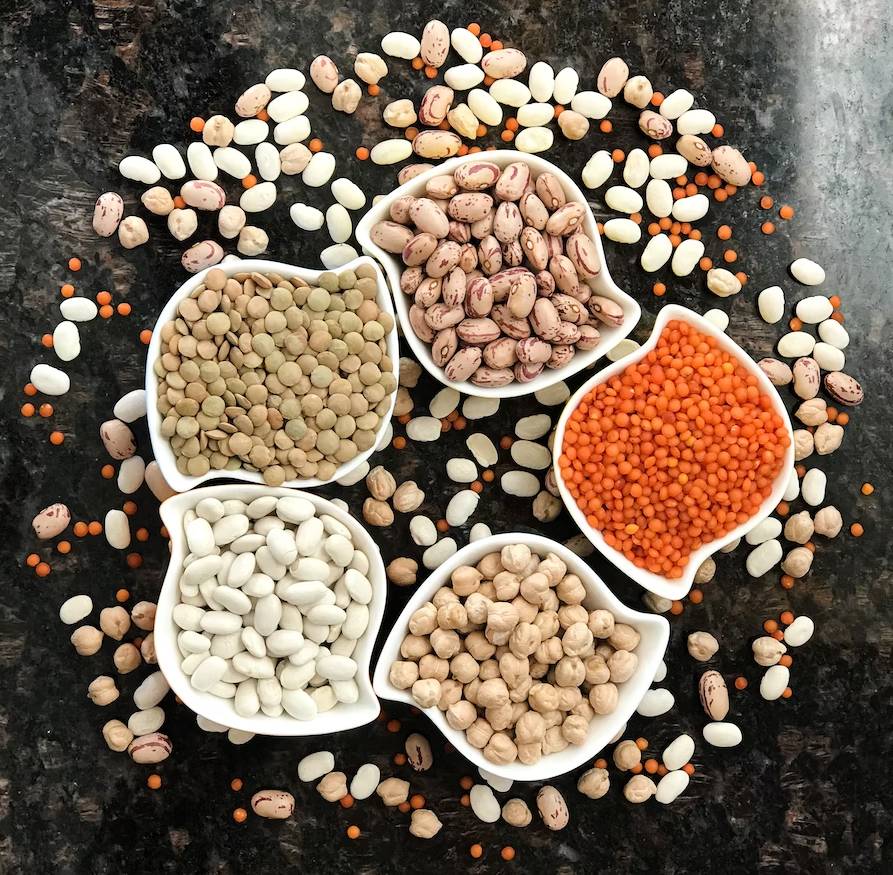
Among the two main categories of pole and bush beans, many sub-varieties can be grown in a home garden. First, however, you will need to analyze your garden.
How much space do you have for growing beans? Is your native soil’s acidity suited to beans, or will you need to create raised beds and purchase soil? Does your space have access to adequate sunlight? Is your climate warmer or cooler?
How much time and effort do you have for maintenance? As you keep your garden’s capabilities in mind, consider planting these popular bean varieties.
Lima Beans
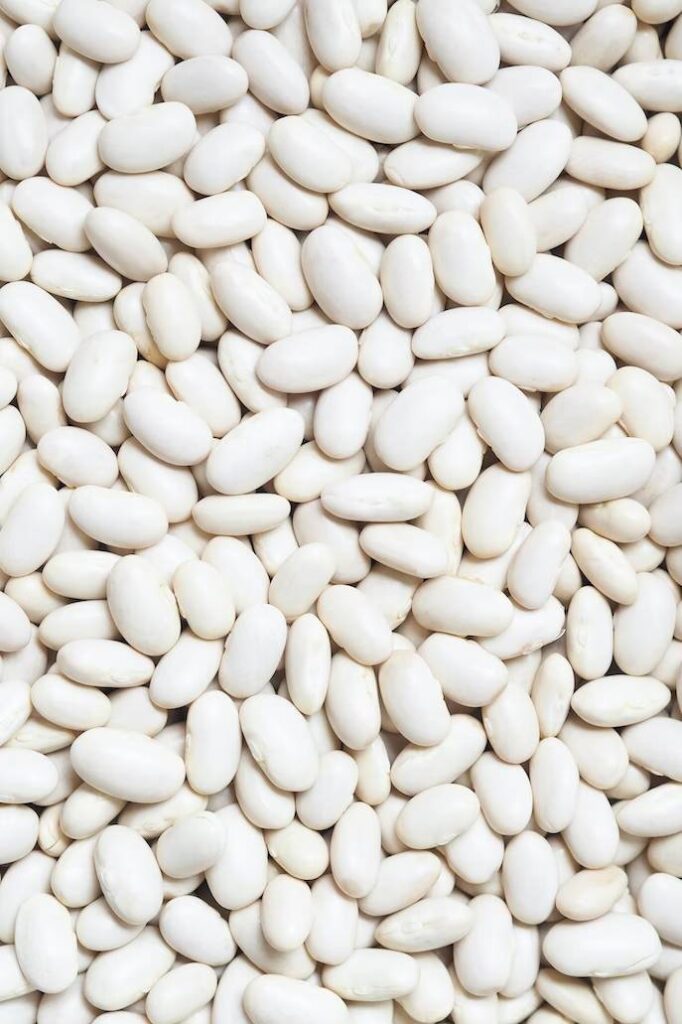
No matter how much gardening space you have, lima beans will be a great option, as both pole and bush types are available. However, they are best suited to warmer climates rarely dropping below 60°F.
The higher temperatures allow the plants to reach their full potential and produce as many beans as possible. Planting lima beans in colder climates can be done but may be a waste of time and resources, given diminished output.
Additionally, lima beans will perform better in slightly acidic soils with pH levels between 6.0-6.8.
Fava Beans
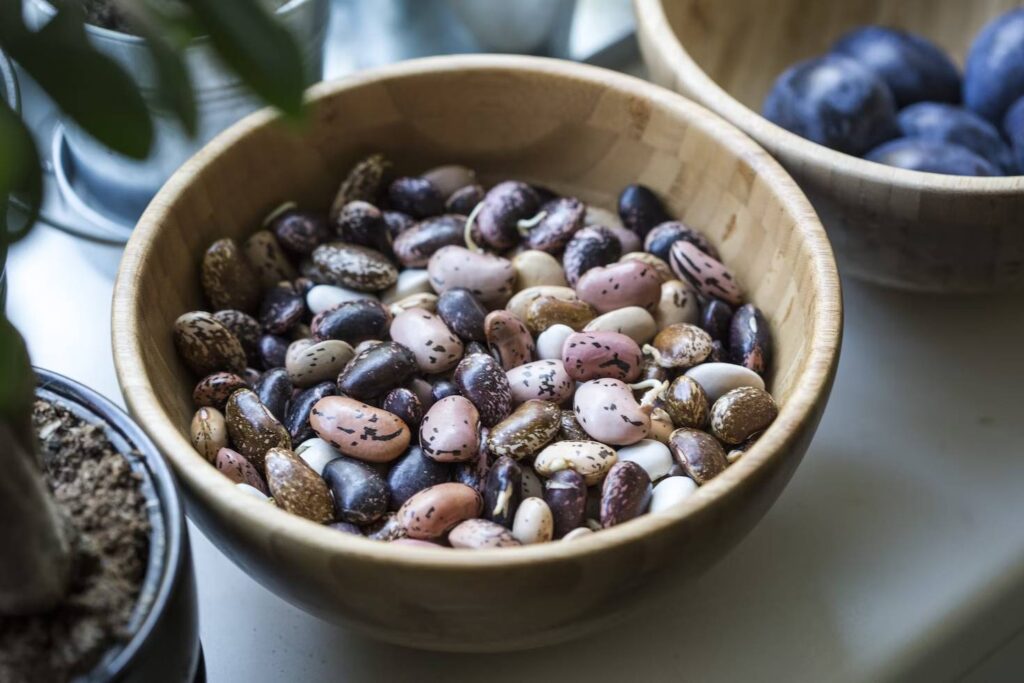
If you live in a cooler climate, you’re in luck. Fava beans are a unique legume that grows best in cooler weather under 75°F, ideal for planting in early spring and fall. These pole type legumes produce large, glossy-coated pods containing broad, flat beans that must be removed before consumption.
Do you have a large outdoor garden or keep barn animals? The discarded pods may be used as an excellent natural fertilizer for other plants or as feed for animals such as chickens or sheep. Fava beans take longer to mature than bush or pole beans—at least 75 days—but they’re worth the wait!
Runner Beans
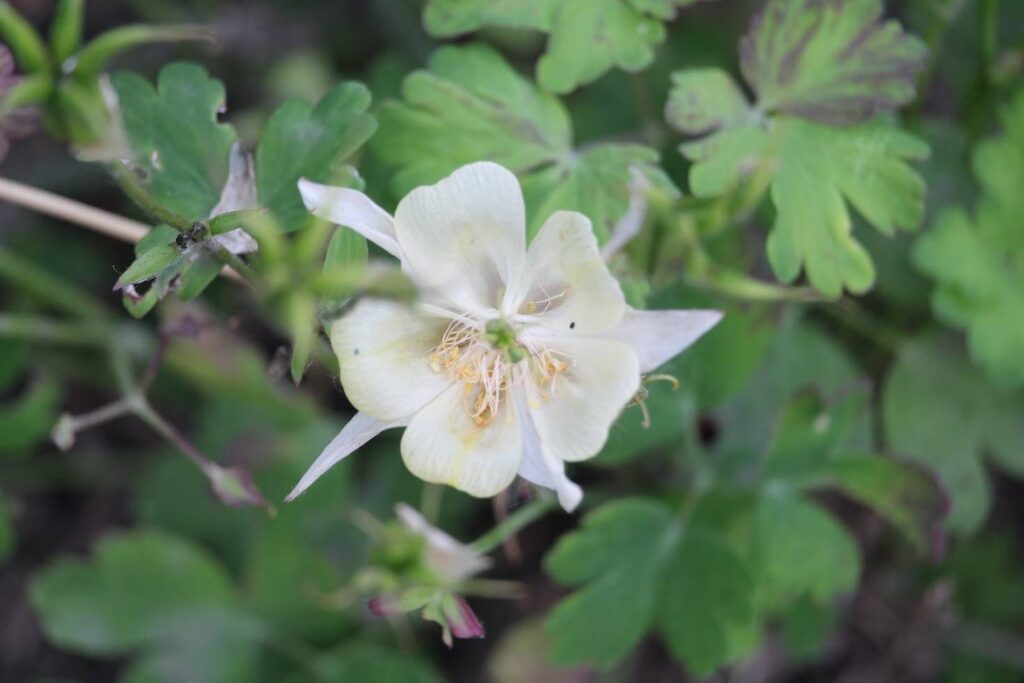
Runner beans are another attractive and versatile vining plant that thrives in warm climates. The plant creates vibrant scarlet, white, or bi-colored flowers, sure to be show-stoppers in any garden.
The large, fuzzy pods can be eaten as snap beans when young or left to dry out and mature for use in soups and stews.
As with pole beans, runner beans require ample sunlight, plenty of water, and well-draining fertile soil of 6.5 pH. These climbers can work well in raised beds or containers as long as they have room to grow upwards.
However, for runner beans to flourish, they must be regularly pruned back so they don’t become overcrowded. This ensures that each plant receives enough sunlight and air circulation throughout its growing season.
Drying Beans
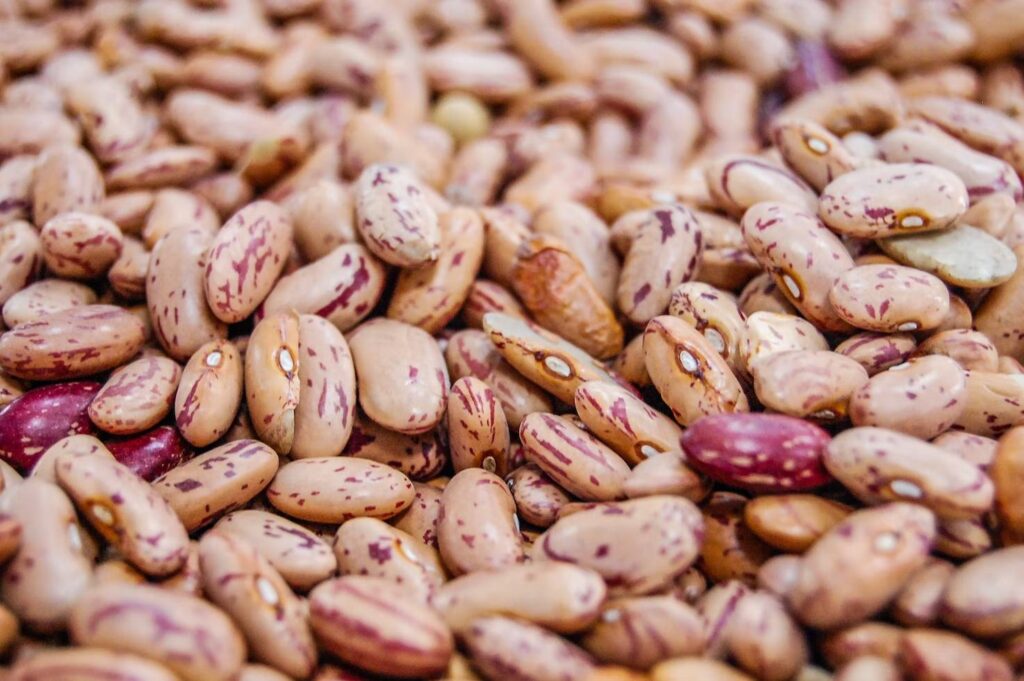
Both bush beans and pole beans can be dried for storage and then used in soups, stews, chilis, and other delicious fiber-rich recipes.
While you can dry all different kinds of beans, the ones best suited to drying mature faster and retain excellent flavor when dried.
Drying beans are a fantastic choice for beginner gardeners, as they need little maintenance outside regular weeding and watering.
Once the pods dry out and you hear the beans rattling inside, they’re ready for harvest, drying, and storing!
Not to Be Confused With…
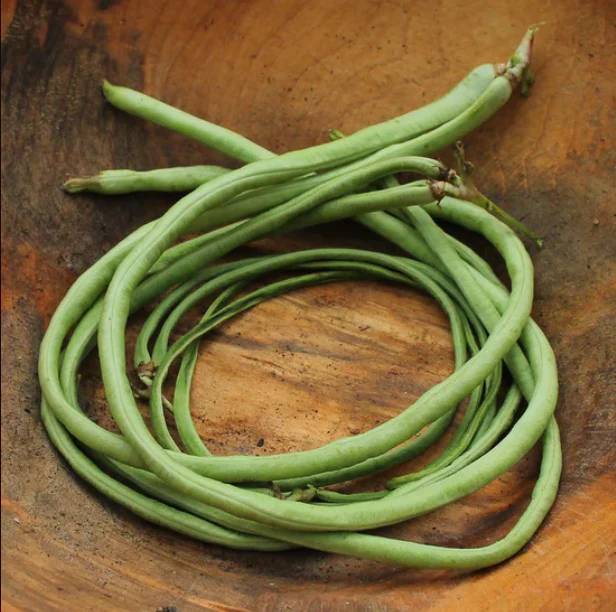
All of the aforementioned varieties belong to the Phaseolus genus. However, not every plant we call “bean” belongs to this group.
Asparagus Beans
Asparagus beans (Vigna unguiculata) are not actually beans but are more closely related to Southern peas. Asparagus beans, also known as yardlong beans, are a type of legume that can grow up to three feet in length!
They are easy to grow and produce all summer but only do well in high temperatures. Traditionally used in Chinese cooking for centuries, the asparagus bean is widely grown throughout Southeast Asia and India but is increasingly popular in other parts of the world.
Soy Beans
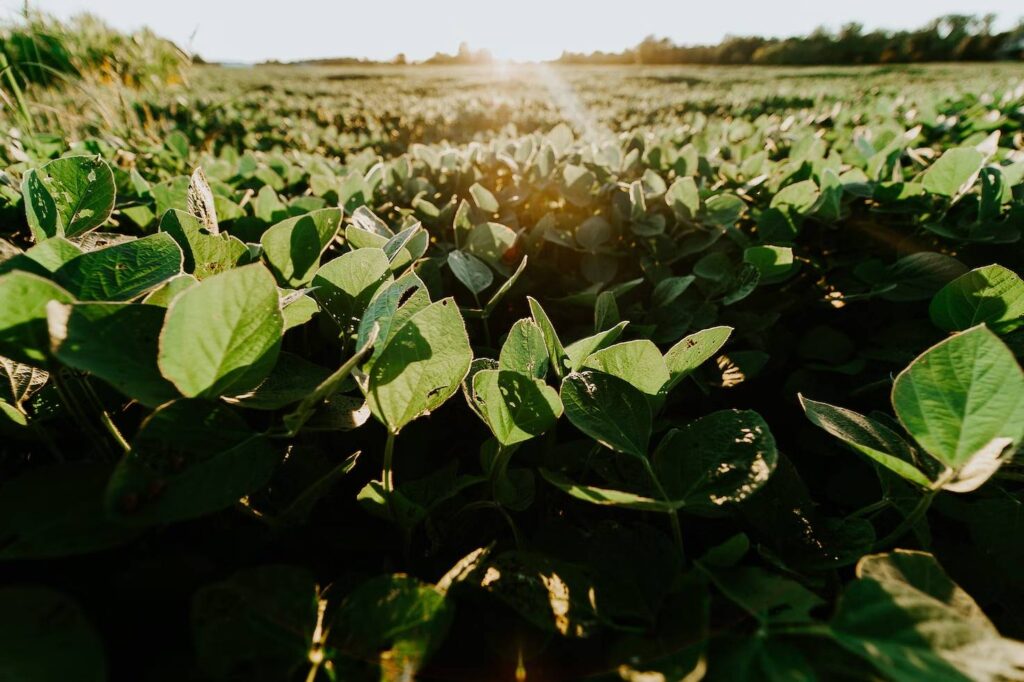
Soybeans (Glycine max), also known as edamame, are another outlier from the traditional Phaseolus varieties. This legume is native to East Asia and has been grown and consumed in Asian countries for thousands of years. Soybeans are one of the most versatile crops; they can be cooked whole or used to make soymilk, tofu, tempeh, miso paste, and more.
The plant first produces small white or purple flowers, adding soothing colors to your garden. Those flowers then become pods containing one to four beans each. A single soybean plant can grow from 3 to 6 feet in height and produce up to 600 pods! As such, it is vital to know how much space you have available and how much produce you can realistically use or give away.
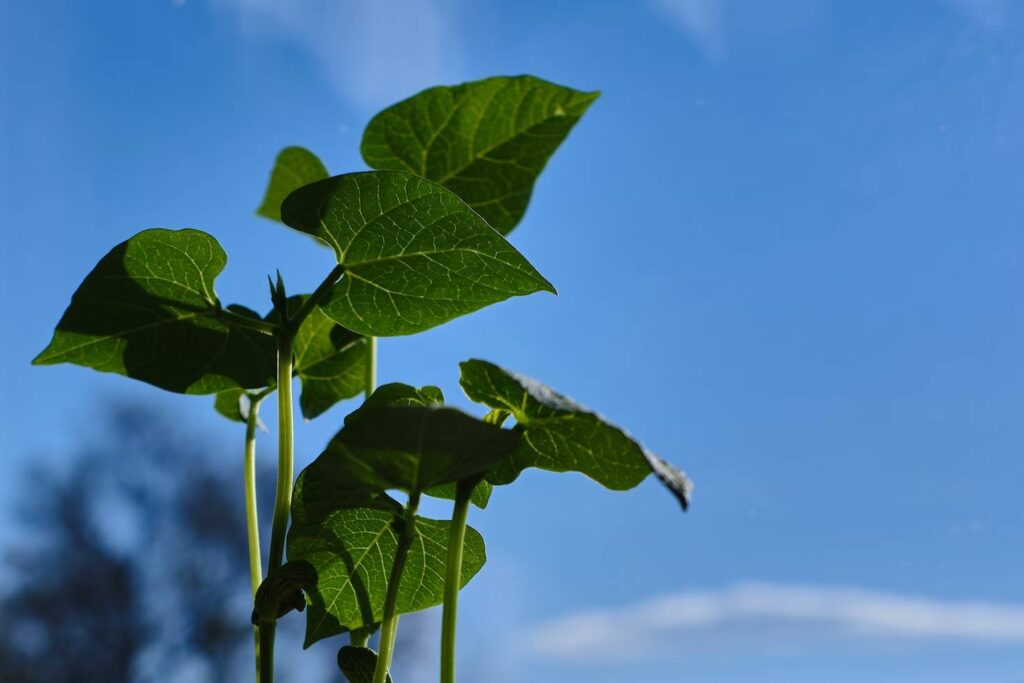
In Conclusion
Not all beans are the same when it comes to climate, water, soil, and other growing requirements. If you want to start growing beans, you’ll need to know the bean characteristics that are best suited to your garden.
With this guide, you can better understand which type of bean will thrive best in your unique situation. Whether you choose a bush or a pole bean variety, your taste buds will thank you later!


